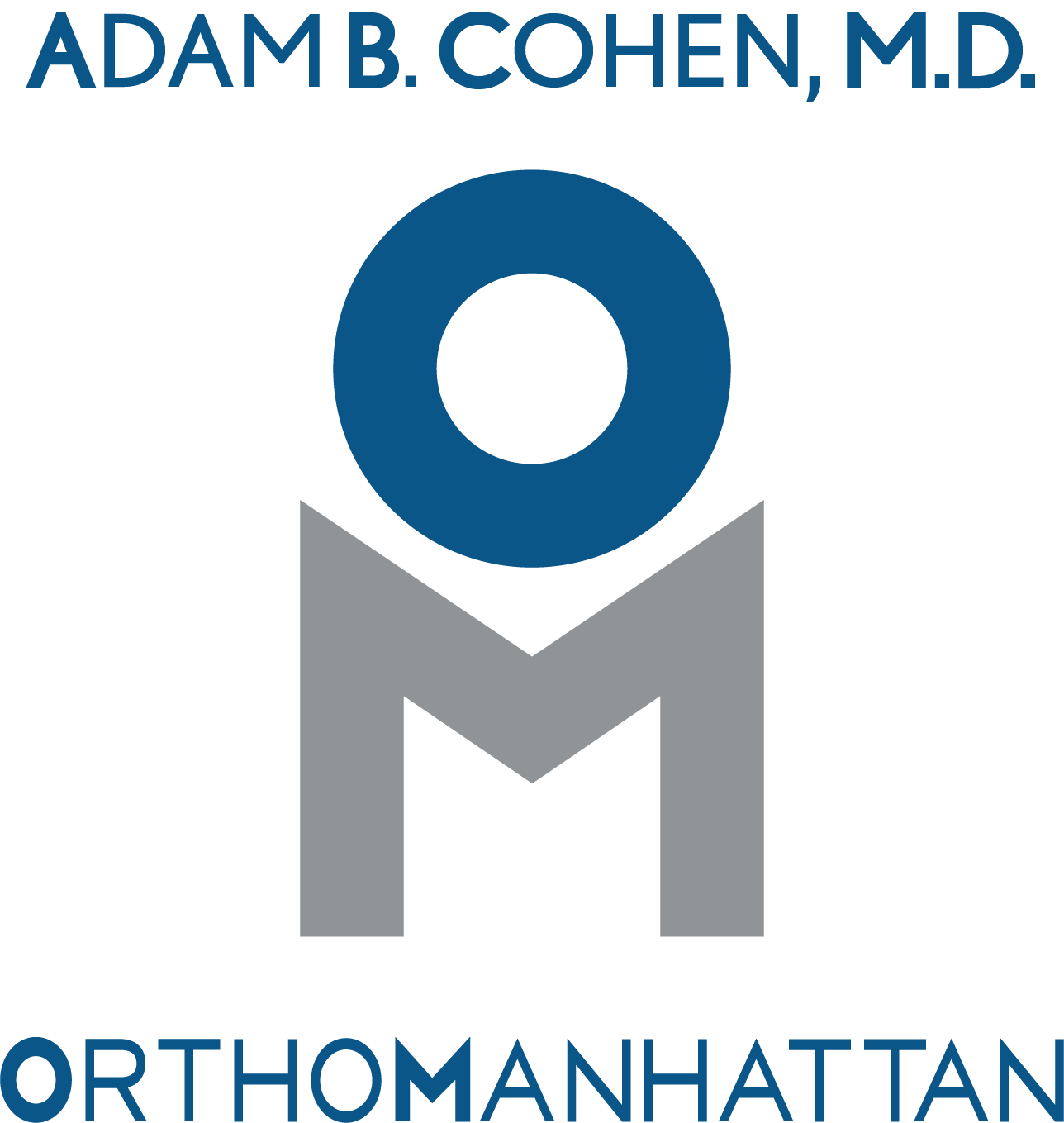Overview
Are you a candidate for non-surgical treatment of an ACL tear?
Before that is answered, it is important to understand why the ACL is important. The ACL is one of the main stabilizers of the knee. With an injured ACL, the knee may become too loose. If it is too loose it can shift out of place with certain movements. We call this instability. Instability is often described as “my knee gives out" or it “buckles.”
When the “knee gives out’ or “buckles,” there is a risk to injuring other structures in the knee, for example, the meniscus. If the knee buckles with certain movements, you may not be able to play certain sports, and participation may be unsafe. Sports which require side to side movements and twisting require an intact ACL. Examples of these sports include skiing, tennis, soccer, basketball, and football. Unfortunately, some individuals with ACL tears may have instability with regular day to day activities.
It is recommended that the ACL be reconstructed in active individuals who participate in these higher risk sports and in those who have instability in daily life.
So who doesn’t need surgery?
Some individuals with an ACL tear are not symptomatic. That is, despite having a torn ACL, they don’t have instability.
Candidates for non-surgical treatment of an ACL injury include those with complete tears who participate in low demand activities or are sedentary. Some patients who have completely torn their ACL are still able to run, bike and swim. Some have partial or incomplete tears that heal enough to allow participation in higher risk sports. Bracing may be warranted in these situations but a brace cannot fully protect you from further injury.
Here is what you need to know if you have an ACL tear and don’t want to have surgery. If you begin a dedicated rehabilitation program to improve balance, coordination and strength you may be able to avoid surgery. If you avoid returning to higher risk sports this is likely to be a successful strategy.
Can I wait and see?
Maybe you don’t want to have surgery but you want to return to some sports. Can rehabilitation alone be enough to get you back to higher risk sports? The answer is maybe. Some “cope” well without the ligament and are able to return to sports.
There is some risk to this approach. Returning to high risk sports without an ACL may lead to further injury in the knee - - to the meniscus and cartilage. It is impossible to predict who may cope well and those who do not. There are studies that show waiting greater than six months to have surgery may lead to further injury. (Citiation)
An important factor to consider is that those who undergo ACL reconstruction earlier, on average, do better than those who have ACL reconstruction later. But those don’t have surgery early may never need surgery at all.
Bottom line, there is no one approach that serves everyone. There are many factors that can impact this difficult decision. For example, maybe there is also a meniscus tear. What if there is already arthritis? What if there are other ligaments injured as well? Maybe you have already had an ACL reconstruction and it failed? It is important to have an examination and thoughtful conversation with an orthopedist to make the best decision for your particular situation.


